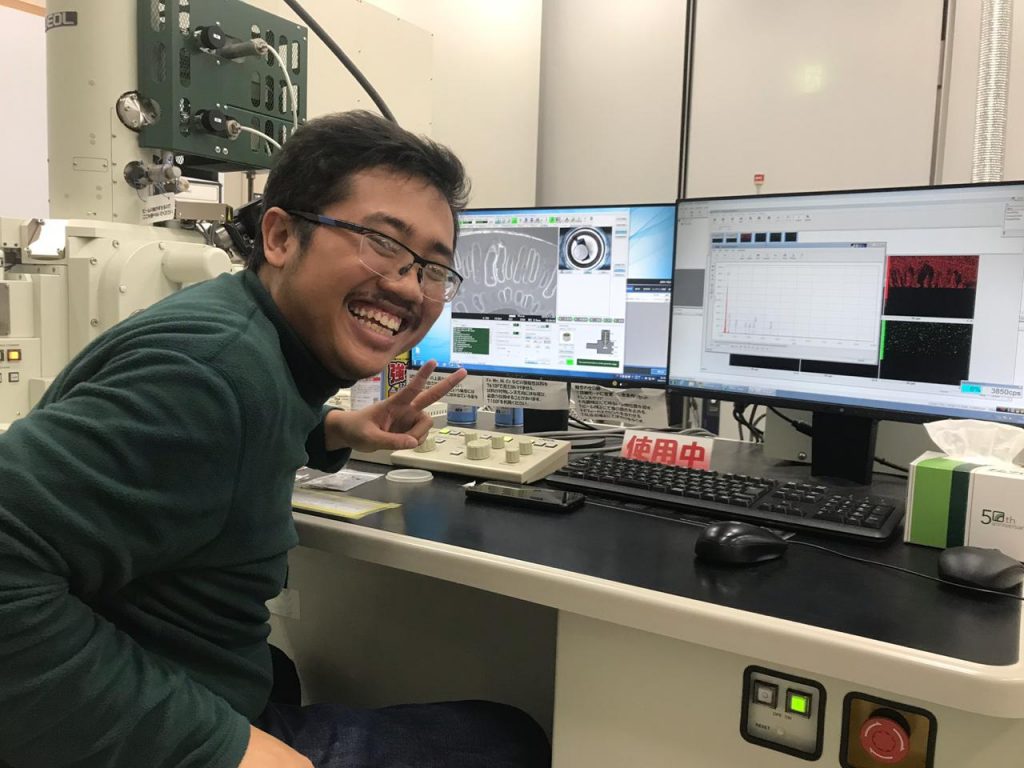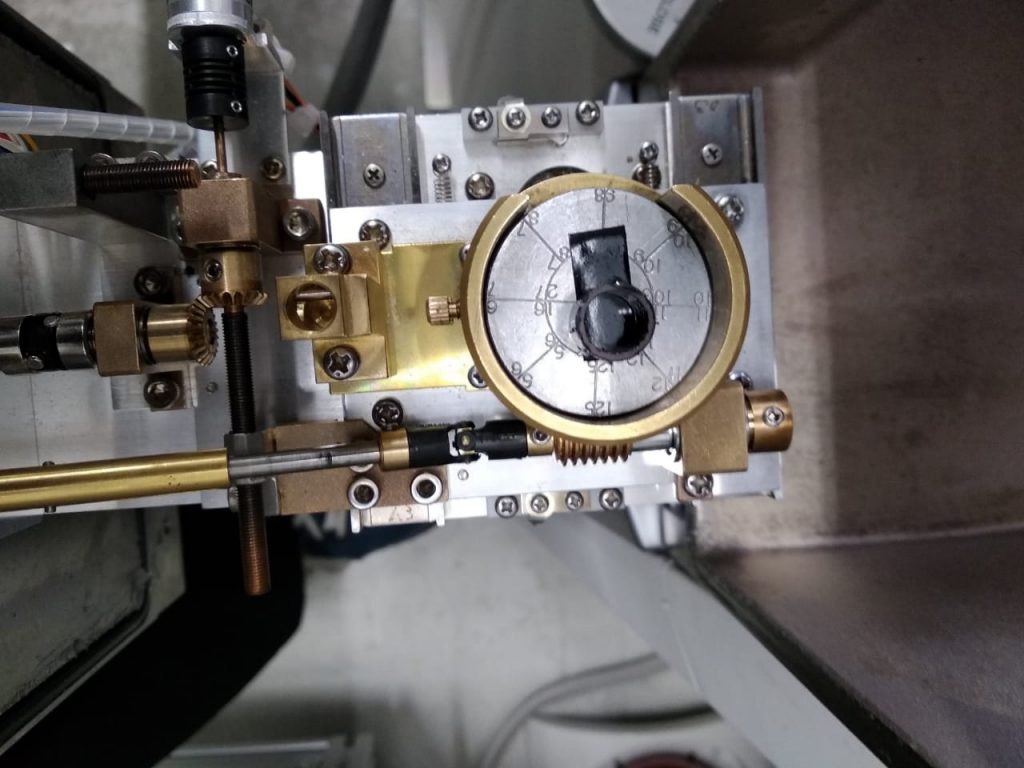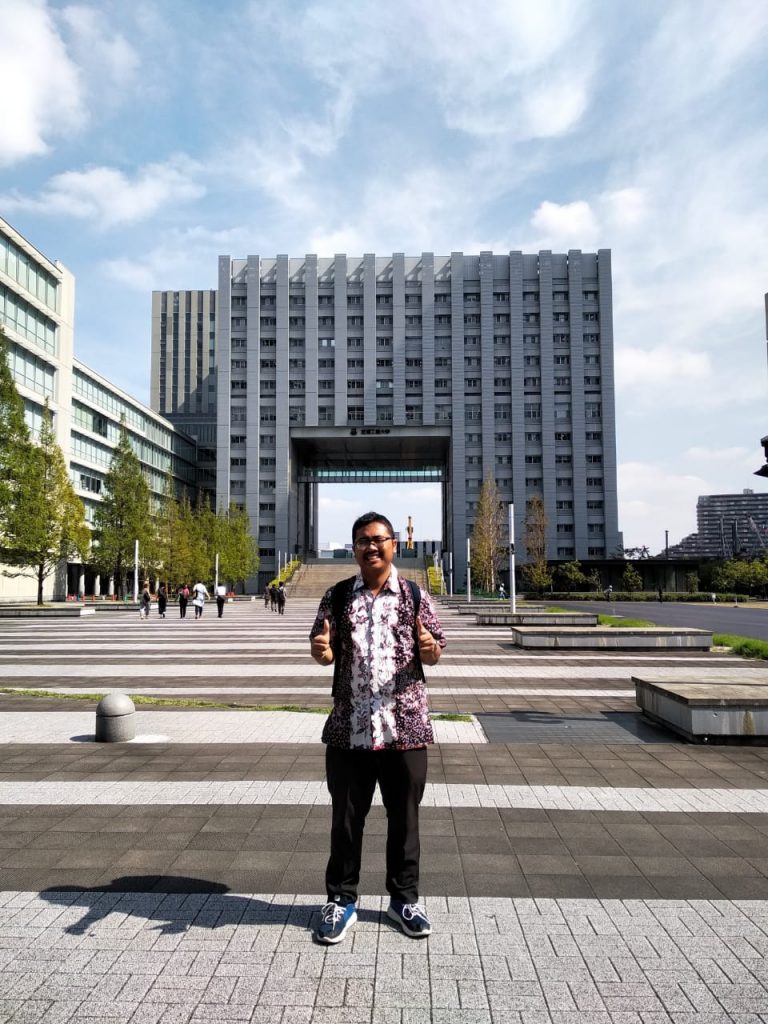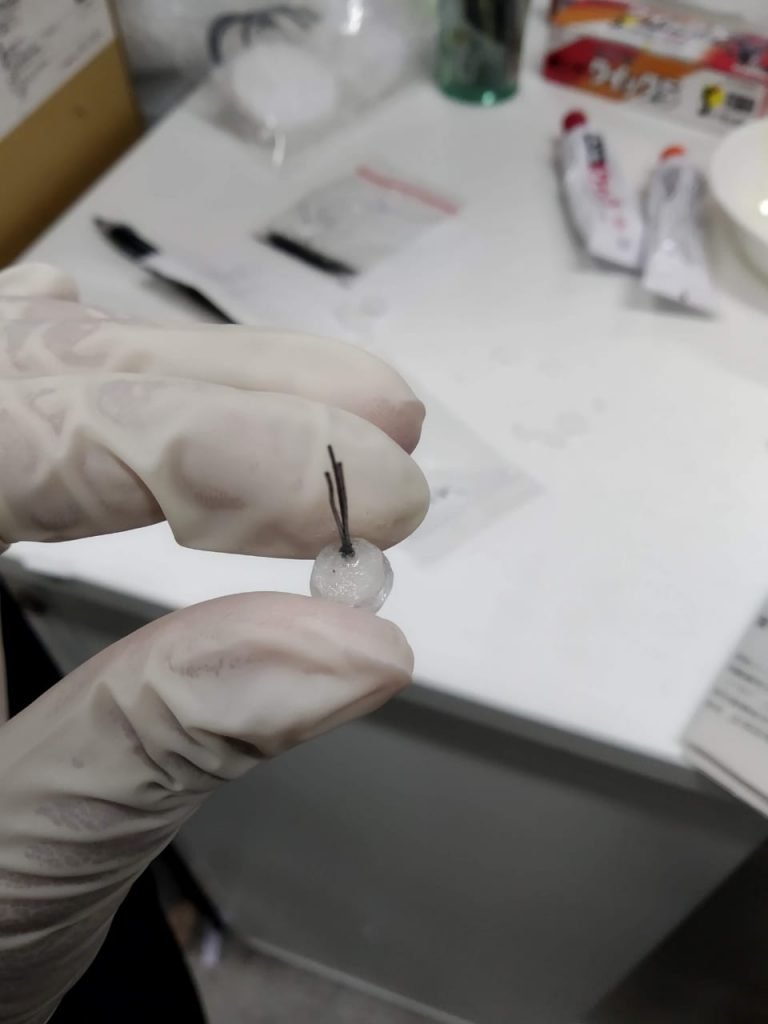ITS Students Research Carbon Membranes Filtering Renewable Energy Gas

Alvin Rahmad Widyanto conducted some research at Separation System Engineering Laboratory, Department of Applied Chemistry, Shibaura Institute of Technology, Japan
ITS Campus, ITS News – Hydrogen is widely seen as a future and renewable energy source in addressing the current reliance on fossil fuel sources. This prompted students of the Department of Chemistry, Faculty of Science and Data Analytics, Institut Teknologi Sepuluh Nopember (ITS), Alvin Rahmad Widyanto to research on hollow fiber carbon membranes that can be used in the filtering of hydrogen gas and other gases.
Continuing dr Triyanda Gunawan’s research, Alvin explained, the working principle of this carbon membrane by filtering the gas that enters the membrane will be inseparable due to the difference in particle size in each gas. So the size of the membrane pores must be the right size in order for the filtering to be more maximal.

Carbon membrane preparation process before testing
Gases that can be filtered on the membrane include H2/CO2 (hydrogen with carbon dioxide), N2/CH4 (nitrogen with methane), and H2/CH4 (hydrogen with methane). In the research that is also the topic of His Final Task, Alvin learned more about the effect of warming rates on the process of making carbon membranes against the size of the resulting pores.
Based on his research, it was found that the rate of warming that produces the best pore size is obtained by 3 degrees Celsius per minute. While the smaller the warming rate, the size of the pores produced is also smaller. On the other hand, the greater the rate of warming, the larger the pore size.

Alvin Rahmad Widyanto who managed to get the opportunity to participate in a laboratory internship at Shibaura Institute of Technology, Japan
The student from Mojokerto also revealed that most of the gas industry today uses ceramic membranes as a filter for gas. Alvin, however, assesses that the use of carbon membranes on an industrial scale can be further reviewed. “Given the performance of membrane pores when using carbon is able to separate higher and has good temperature resistance,” said the student who often won the scientific paper competition.

Preparation of carbon membranes before gas separation testing
According to him, the development of this carbon membrane still needs to continue in the future. This is due to the limitations of this carbon membrane which has fragile properties. “So this membrane is able to help hydrogen production as a future renewable energy that does not require much energy to separate it,” explained the bespectacled student.
In conducting his research, Alvin was also guided directly by his lecturer, Nurul Widiastuti SSi MSi PhD and researcher from Japan, Prof Mikihiro Nomura. While the implementation of his research was conducted at separation system engineering laboratory, Department of Applied Chemistry, Shibaura Institute of Technology, Japan and Chemical and Energy Materials Laboratory, ITS Chemical Department. (sof/Anjani/ITS PUBLIC RELATIONS)
Related News
-
Facilitating Creativity of Students, ITS Information Systems Department Presents CCWS
ITS Department of Information Systems students conduct a discussion in one of the available spaces in the ITS Digital
October 21, 2020 10:10 -
ITS Explores Electrification Cooperation with PT Vale Indonesia
ITS Campus, ITS News — Following up on the Memorandum of Understanding (MoU) with PT Vale Indonesia, Institut Teknologi
October 21, 2020 10:10 -
ITS Reaches Top 7 BRIN Collaborators with 309 Scientific Publications
ITS Campus, ITS News — Institut Teknologi Sepuluh Nopember (ITS) continues demonstrating its commitment to strengthening collaboration in research
October 21, 2020 10:10 -
The Only One from Indonesia, ITS Student Becomes Erasmus+ Scholarship Awardee
ITS Campus, ITS News — Civitas academica of Institut Teknologi Sepuluh Nopember (ITS) has once again contributed to making
October 21, 2020 10:10
